Welcoming People in Persian
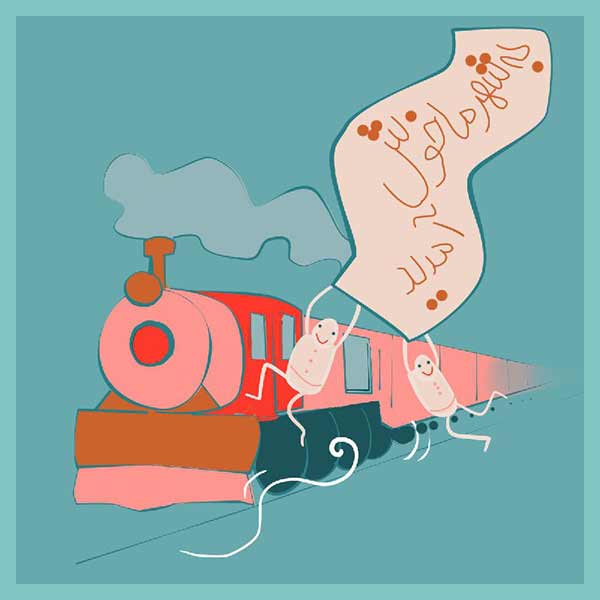
خوشآمدگویی در زبان فارسی
(C1 مُناسب برایِ فارسی آموزانِ سَطح)
در فَرهنگ ایرانی، رَفتار صَمیمی اَهمیت زیادی دارد؛ مَردم دوست دارند باهم با خُوشرویی و صَمیمت بَرخورد کنند، بنابراین اَحوالپرسی کردن و خوشآمدگویی موضوع مُهمی برای فارسیزبانان است. خوشآمدگویی به مَعنای «گُفتن حَرفی خوشآیند و مودَبانه در لحظهی ورودِ فَردی به مَکان یا گروه است». فَراموش نَکنید که خوشآمدگویی با موضوع تَعارُف در فَرهَنگ ایرانی آمیخته است پس زبانآموز فارسی باید با مَفهوم تَعارُف آشنا شود. برای دَرک بِهتر مَفهوم تَعارُف میتوانید بِه مَقالهی تَعارُف در فَرهنگ ایرانی مُراجعه کنید.
Welcoming People in Iranian Culture
(Farsi Level: C1)
In Iranian culture, people highly value being warm and friendly. They enjoy engaging with each other warmly and intimately. Therefore, greeting and welcoming are very important for Persian speakers. Welcoming means “saying something pleasant and polite upon someone’s arrival to a place or group.” It’s important to remember that welcoming is inseparable from the concept of “Ta’arof” in Iranian culture. Therefore, Farsi learners need to learn about this culture. For a better understanding of “Ta’arof“, you can refer to the article that discusses “Ta’arof” in Iranian culture.
خوشآمدگویی میتواند نشانه ادب و همچین رفتار صمیمی شما باشد. بَنابراین در آموزش زَبان بِهتر است در همان ابتدا آن را یاد بگیرید. در فارسی در شَرایط مُختلف و با تَوجه به موقعیتهای اِجتماعی اَفراد میتوانیم به صُورتهای مُختلف خوشآمدگویی کنیم. در این مَتن باهم به خوشآمدگوییِ رَسمی و غیرِرَسمی در فَضای دوستانه و رَسمی میپَردازیم.
It is crucial to highlight the significance of using welcoming language while learning a new language, as it portrays politeness and closeness. In the Persian language, there are various ways to greet people based on different social situations. Here, we discuss greetings in different situations, from casual to formal.
خوشآمدگویی غیررسمی در فضای دوستانه
فکر کنید که دوستتان را به خانهتان دَعوت کردهاید و مهمانِ شما اَست. ایرانیان در این موقِعیت مَعمولاً در لَحظهی ورود مهمان میگویَند: «خیلی خوش اومَدی، صفا آوردی».
خوشآمدگوییِ غیرِ رَسمی در فَضای رَسمی
گاهی ممکن است در فَضای رَسمی، مَثَلاً در محل کارتِان، یکی از دوستانِتان به تیمِ شما اِضافه شَود. در واقِع دوستِتان هَمکار شما میشَود. در این موقِعیت میتَوانید برای خوشآمدگویی بِگویید: «خوشحالَم که به تیممون اِضافه شُدی، خوش اومدی».
Informal Greetings in Formal Settings
In a formal setting like your workplace, one of your friends may join your team or become your colleague. If that happens, you can greet them by saying, “I’m glad you’ve joined our team. Welcome to the team.”
خوشآمدگوییِ رَسمی در فضایِ دوستانه
در رَوابطِ دوستانه نیز گاهی ممکن اَست نیاز باشَد که بِه صورت رَسمی خوشآمدگویی کنید. این موقعیت مَعمولاً وقتی ایجاد میشود که شما و دوستِتان از نظرِ سِنی یا جایگاهِ اجتماعی برابر نیستید. فکر کنید دوستِتان از شُما بسیار بزرگتر است. در این مورد ایرانیان معمولاً از ضَمیر شَخصی جَمع «شُما» و اَفعال جَمع اِستفاده میکنند. مَثلاً میگویَند: «خوش اومدین، خیلی لطف کردین تشریف آوردین».
Formal Greetings in Friendly Settings
In some friendly relationships, there may be instances where a formal greeting is more appropriate. This situation often arises when there is a significant age or social status difference between the individuals involved. For example, if your friend is much older than you. In such situations, Iranians commonly use the plural pronoun “شما” (you) and plural verbs. As an illustration, they might say: “Welcome, I am pleased to be your host.”
خوشآمدگویی رَسمی در فَضایِ رَسمی
در فضاهای رَسمی اگر روابط نیز رَسمی باشند، خوشآمدگویی هم به شکل رَسمی انجام میشود. تصور کنید یک کارمند جدید به شرکت شُما اضافه شود. در این موارد این خوشآمدگوییها میتَوانَند اِستفاده شَوَند:
«خوش آمدید، مُشتاق هَمکاری با شُما هَستَم.»
«به تیم ما خوش آمدید، اُمیدوارم کنارِ هَم به موفقیتهای بیشتری بِرسیم.»
Formal Greetings in Formal Settings
In situations where there are formal relationships, it is customary to use formal greetings. For instance, when a new employee joins your company, you can use the following greetings:
“Welcome! I am excited to work with you.”
“Welcome to our team. I hope we can achieve greater success together.”
در مکانهایی مانند فُروشگاهها نیز اَغلَب به مُشتَریان اینگونه خوشآمدگویی میشود: «خوش آمدید، امیدوارم خَریدِ خوبی داشته باشید»، «سلام، خوش آمدید، اگر کُمَکی میخواستید در خِدمت هَستَم».
در اِقامَتگاهها یا هتلها نیز اَغلَب به مُشتَریان اینگونه خوشآمدگویی میکنند: «خوش آمدید، اُمیدواریم اِقامت خوبی داشته باشید».
In shops, customers receive welcoming phrases upon arrival, like “Hello, welcome. Can I help you?” or “Welcome, I hope you have a pleasant shopping experience.”
In accommodations or hotels, Guests are welcomed with a phrase: “Welcome, we hope you enjoy your stay.”
خوشآمدگویی در فَضای آکادمیک و خیلی رسمی
فِکر کنید در مَحل کارتِان رِئیس جَدید داشته باشید. در این زمان میتَوانید برای خوشآمدگویی بِگویید:
«خوش آمدید. حَتما با مُدیریت شما به دَستاوَردهای بُزرگی میرِسیم»،
«خوش آمدید، مُشتاقِ راهنماییهای شُما هَستیم»،
«خوش آمدید، امیدواریم هَمکاری عالی داشته باشیم».
Formal Greetings in Academic or Very Formal Settings
Now, imagine having a new boss at your workplace. At this time, you can say for greeting:
“Welcome. “We believe that you will lead us to achieve significant milestones.
“Welcome! We are eager to receive your guidance.”
“Welcome! We hope to have an excellent collaboration.”
دَر مَراسِم و سُخَنرانیهایِ رَسمی نیز مَعمولاً صُحبَتها با خوشآمدگویی به میهمانان شُروع میشَود. در این موقعیَتها جُملات پیچیدهتَر و رَسمیتَر، و واژهها مُشکِلتَر هَستند. یک نمونه از خوشآمدگویی برای موقعیَتهای رَسمی این جمله است: «با عَرضِ خیرِ مَقدم و شادباش خِدمتِ شُما مُتَخَصِصان، اُستادان و کارشِناسانِ حوزهی آموزشِ زبانِ فارسی، خُشنودیم که در خِدمتِ شُما عَزیزان هَستیم».
In formal events and speeches, it is customary to start by welcoming the guests warmly. When it comes to formal occasions, speeches necessitate a superior level of linguistic proficiency to communicate the intended message with precision and clarity. A more straightforward sample for greeting is to say: “Dear experts, professors, and scholars of Persian language education, we are thrilled to have you here! We are delighted to offer our services to you and assist you in any way possible.”
در آخر، تَوجه کنید که بَرای دَرکِ دَقیقِ خوشآمدگویی و تَعارُف در زبان فارسی نیاز است تا با مَسائلِ فَرهنگی و رَوابطِ اِجتماعی ایرانیان بیشتر آشنا شَوید و جُملاتِ خوشآمدگوییها میتَواند بسیار مُتنوع و و بسیار پیچیدهتر باشند. علاوه بر این، در زبان فارسی جملهها و اِصطِلاحهایی نیز در پاسُخ به انواعِ خوشآمدگویی هستند که لازم است فارسیآموزان آنها را بیاموزند. اما نِگران نبَاشید با همین مَتن کوتاه در بسیاری از موقعیتها میتوانید خوشآمدگویی مُناسبی داشته باشید. از طرفی در تیم فارسیموند کنار شُما هَستیم تا به پِرسشهایِتان پاسخ دهیم. با ما در ارتباط باشید.
Finally, to fully grasp the complexities of Persian greetings and politeness, it is crucial to possess a profound comprehension of Iranian culture and social conventions. But don’t worry! You may access a fitting salutation for many situations with this brief text. The FarsiMonde team is committed to assisting you with any queries you may have. Feel free to stay connected with us.


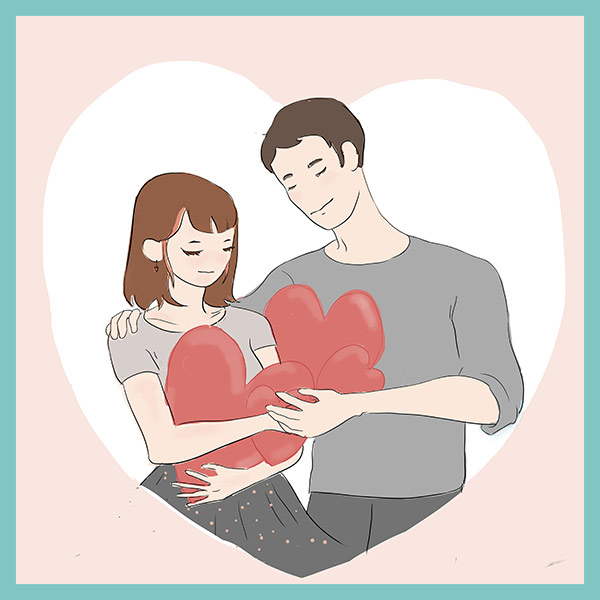


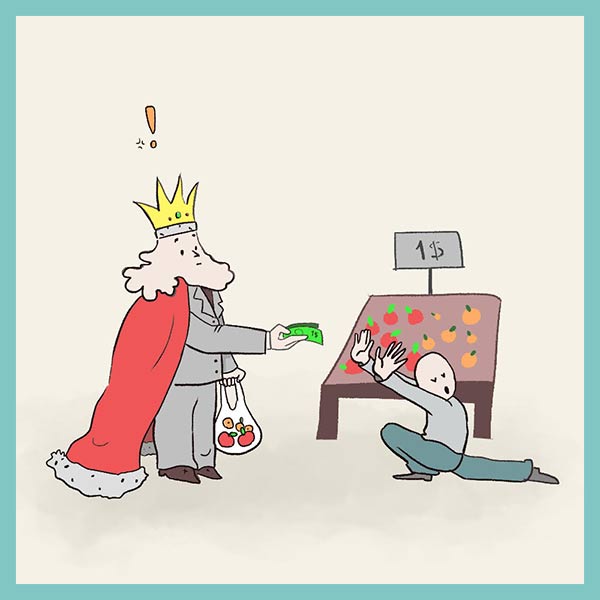


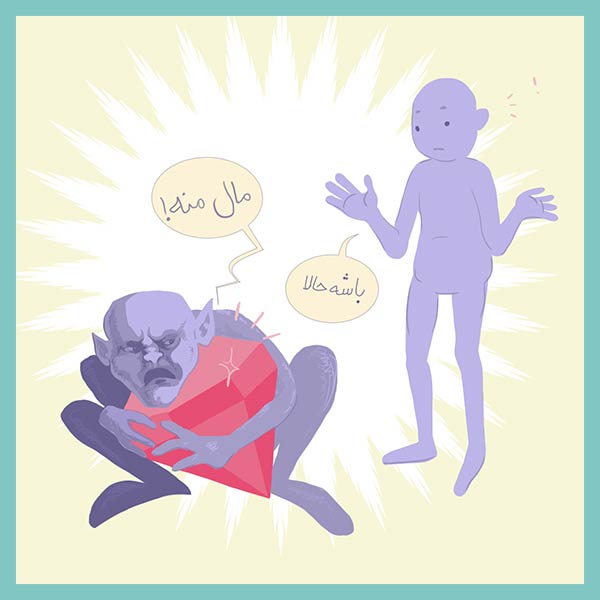
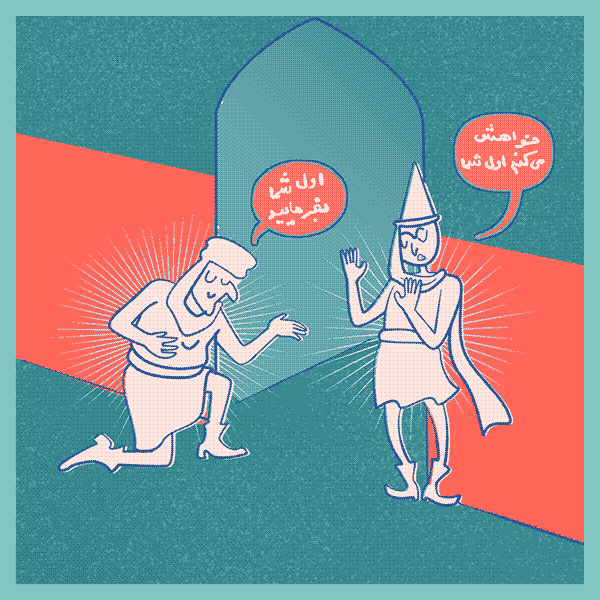



Leave A Comment